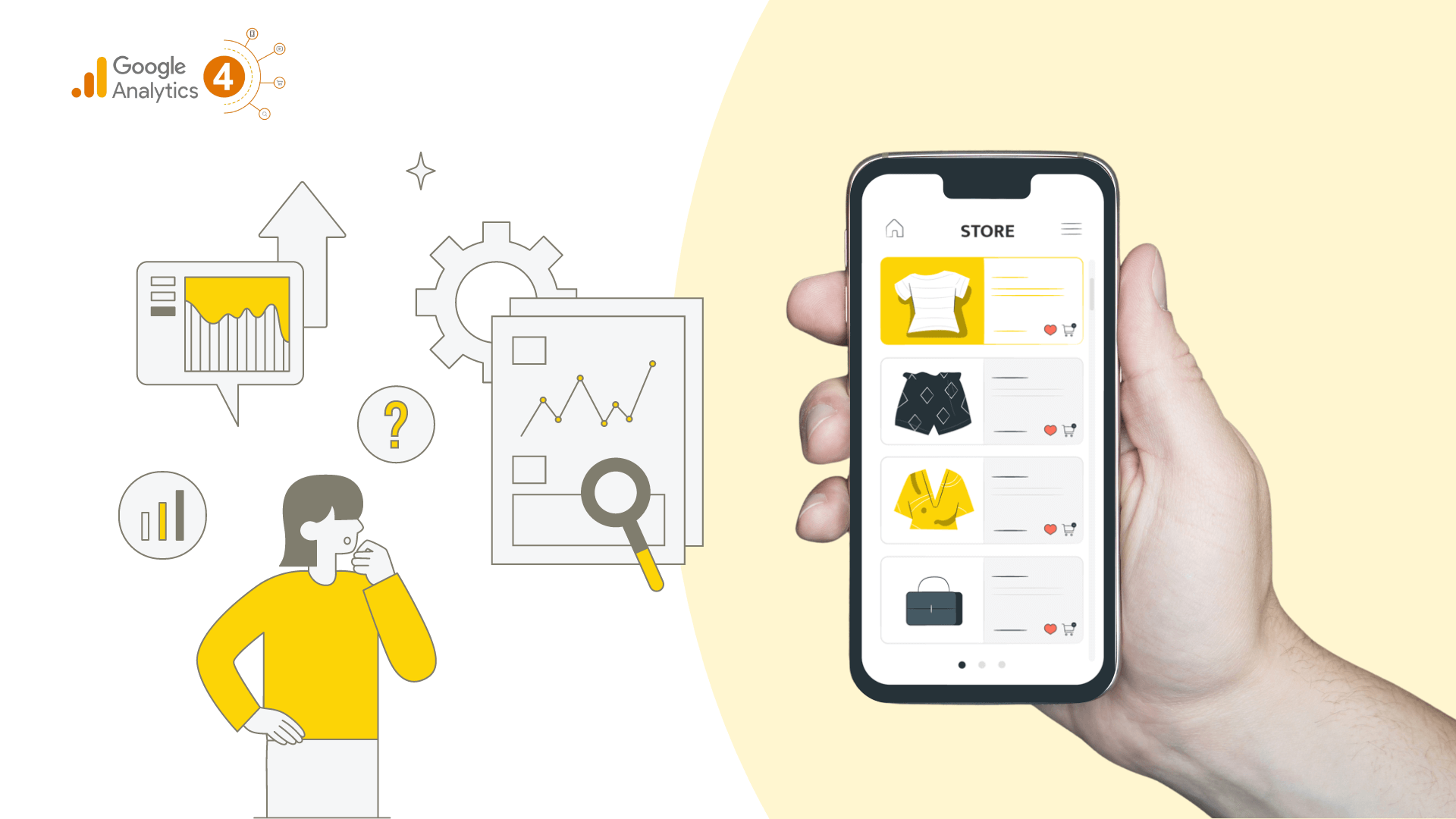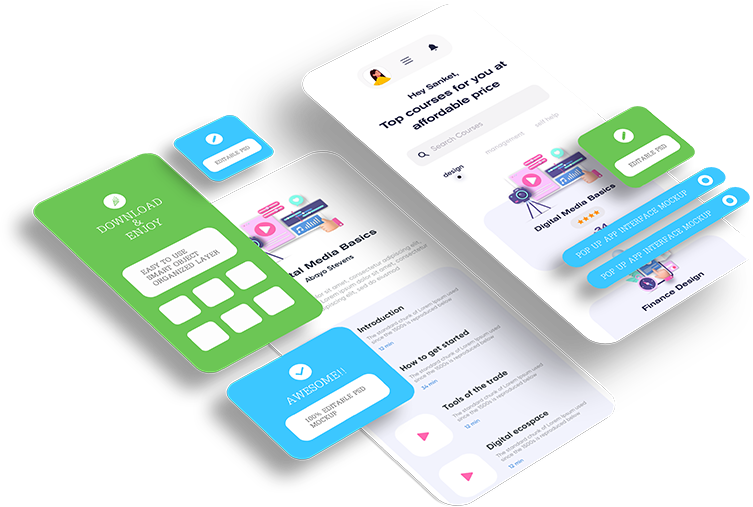Mobile devices have become a necessary part of our everyday life in the present digital world. Businesses now prioritise mobile-first website design due to consumers’ increased use of smartphones. It should come as no surprise that realising the full potential of this design approach has become increasingly important as users spend more time on their devices. Luckily, analytics is where the true power is found.
Analytics is an extremely useful tool that may help you gain a better knowledge of how people engage with your mobile website and provide insightful information about their behaviour. Making use of this analytical capacity helps you identify trends and preferences so you can decide how best to optimise your website. By examining important data points like page views, bounce rates, and conversion rates, working with the knowledge of the Best Website Design Company improves this process and helps you pinpoint areas for improvement and improve your mobile user experience.
We examine the untapped power of analytics and dive into the world of mobile-first website design in this article. We’ll go through the significance of responsive design, the function of user experience, and the several indicators you should monitor to assess the performance of your mobile website. Whether you’re a novice or an experienced web designer, this thorough guide will provide you the skills and resources you need to build a mobile-friendly website that increases traffic and sales.
Table of Content
Understanding Mobile-First Website Design
The rise in mobile device usage has completely changed the way we interact with websites and look for information in today’s ever-changing digital world. Because smartphones and tablets are so widely used, businesses must adopt mobile-first website design. However, what precisely is this design philosophy?
Fundamentally, mobile-first design is a methodology that emphasises creating a remarkable mobile user experience at the outset of the website development process. The mobile-first design strategy starts the design process with the smallest screen size, in contrast to the conventional approach of developing for desktop users and then adapting for mobile. It then gradually improves and raises the bigger device user experience. With this measured approach, you can be confident that your website is optimised from the start for the vast majority of users who view it on smartphones or tablets.
A solid understanding of the behaviours and tastes of mobile users is essential for the effective implementation of mobile-first design. This is the exact moment that analytics enters the picture as a major factor. Businesses may utilise analytics to obtain insights into how mobile users engage with their websites, which helps them make strategic modifications and educated decisions to improve the mobile user experience. Using the knowledge of a specialised Website Design Service India in conjunction with this all-encompassing strategy guarantees a smooth integration of mobile-first design concepts into your online presence.

The Role of Analytics in Mobile-First Design
Analytics may help you improve the speed of your website, especially when it comes to responsive web design and mobile responsiveness. By carefully recording and analysing numerous metrics, you can gain profound insights into user interactions, opening the path for data-driven decisions that improve the overall user experience.
Analytics emerges as an important ally in mobile-first design, allowing for the detection of critical user behaviour trends. Examining data such as page visits, bounce rates, and time spent on a page can provide significant insights into the performance of various portions of your mobile site. This detailed data allows you to identify areas of excellence and indicate those that require improvement, ultimately leading optimisation efforts in layout, content, and navigation. This tailored approach ensures that your website aligns seamlessly with the preferences and expectations of your mobile audience.
Moreover, analytics plays a pivotal role in gauging the effectiveness of your mobile website in driving conversions. By meticulously tracking conversion rates, click-through rates, and other pertinent metrics, you can unveil potential bottlenecks or barriers in the conversion journey. Armed with this knowledge, strategic adjustments to your mobile website design can be made, maximizing conversions and propelling you closer to achieving your business goals. In essence, analytics acts as a compass, guiding your responsive web design strategy and fostering a mobile responsive website that not only meets but exceeds user expectations.
Analyzing Mobile User Behavior
To acquire relevant insights from analytics, it’s critical to monitor the metrics that indicate mobile user behaviour. Here are some essential metrics to examine.
Regularly tracking and evaluating stats on your mobile website provides insightful information about how users are interacting with it. With this information at your disposal, you can improve and optimise the user experience overall by making data-driven, well-informed decisions. Through this iterative process, you can be sure that your website is adaptable to changing user behaviours on mobile devices and that it is in line with user preferences, allowing for continuous improvement.

Implementing Mobile-First Design Strategies
Now that we know how crucial analytics are to mobile-first design, let’s look at some practical ways to put this design philosophy into practice.
These tactics can help you build a mobile-first website that enhances user experience, encourages engagement, and increases conversions. You can also use the power of analytics to further enhance this website.
Enhancing Mobile User Interfaces
When designing a mobile-first website, the user interface is essential to drawing and holding users’ attention. The following advice can help you improve your mobile user interfaces:
You may design visually appealing and captivating mobile user interfaces that entice consumers to return for more by considering these factors.

User Engagement on Mobile Devices
The success of a mobile-first website depends on user engagement on mobile devices. The following are some methods to increase user engagement:
These tactics can help you build a mobile-first website that draws visitors and keeps them returning for more by monitoring user behaviour through analytics regularly.
Choosing the Right Website Design Service India
If you want to create a mobile-first website but lack the expertise or resources to do it yourself, partnering with a professional website design service in India can be a game-changer. India is known for its vibrant IT industry and a wide range of web design service providers offering cost-effective solutions.
When choosing a website design service in India, consider the following factors:
You can build a mobile-first website that satisfies your business goals and offers an exceptional user experience by carefully weighing these variables and working with the best website design agency in India.
Conclusion
To sum up, developing a mobile-first website design effectively calls for a thorough grasp of user behaviour, an emphasis on responsive design, and the application of analytics. You can build a mobile-friendly website that increases engagement, conversions, and commercial success by using analytics to track important data, examining user behaviour, and putting good design techniques into practice. To fully realise the potential of mobile website design, adopt a mobile-first attitude and make use of analytics.



